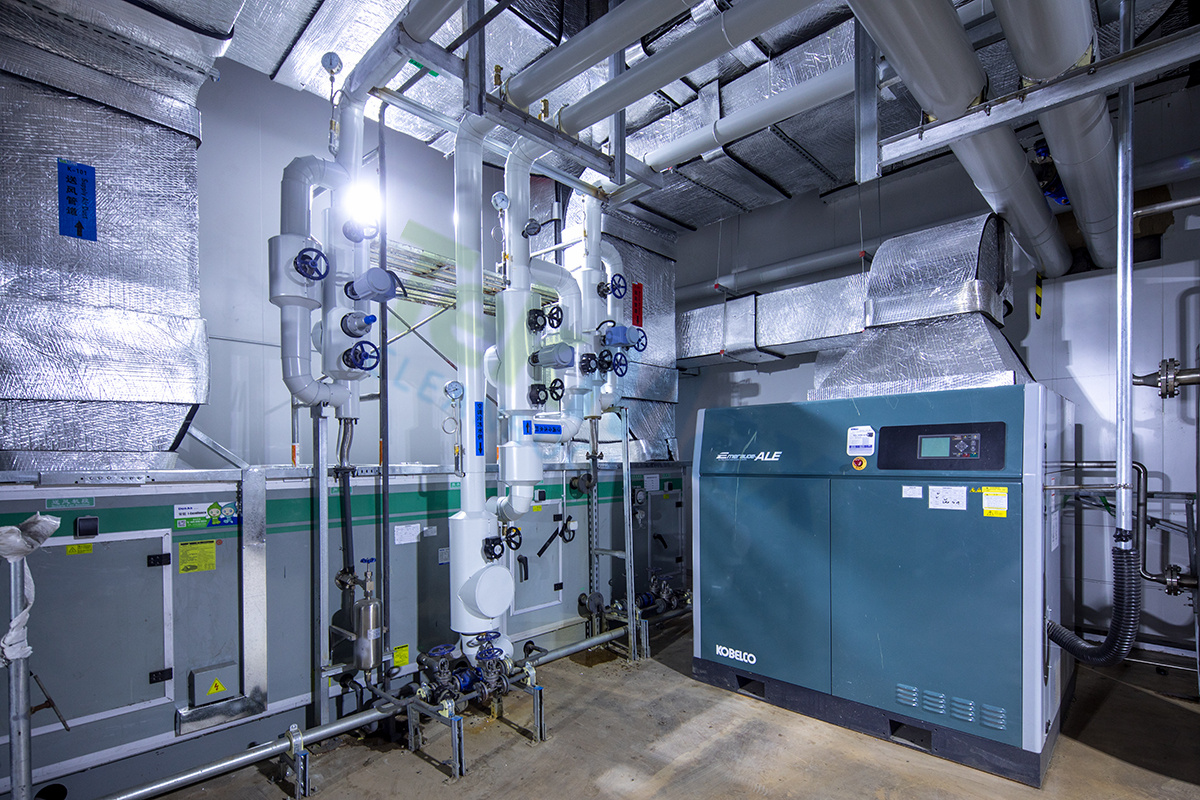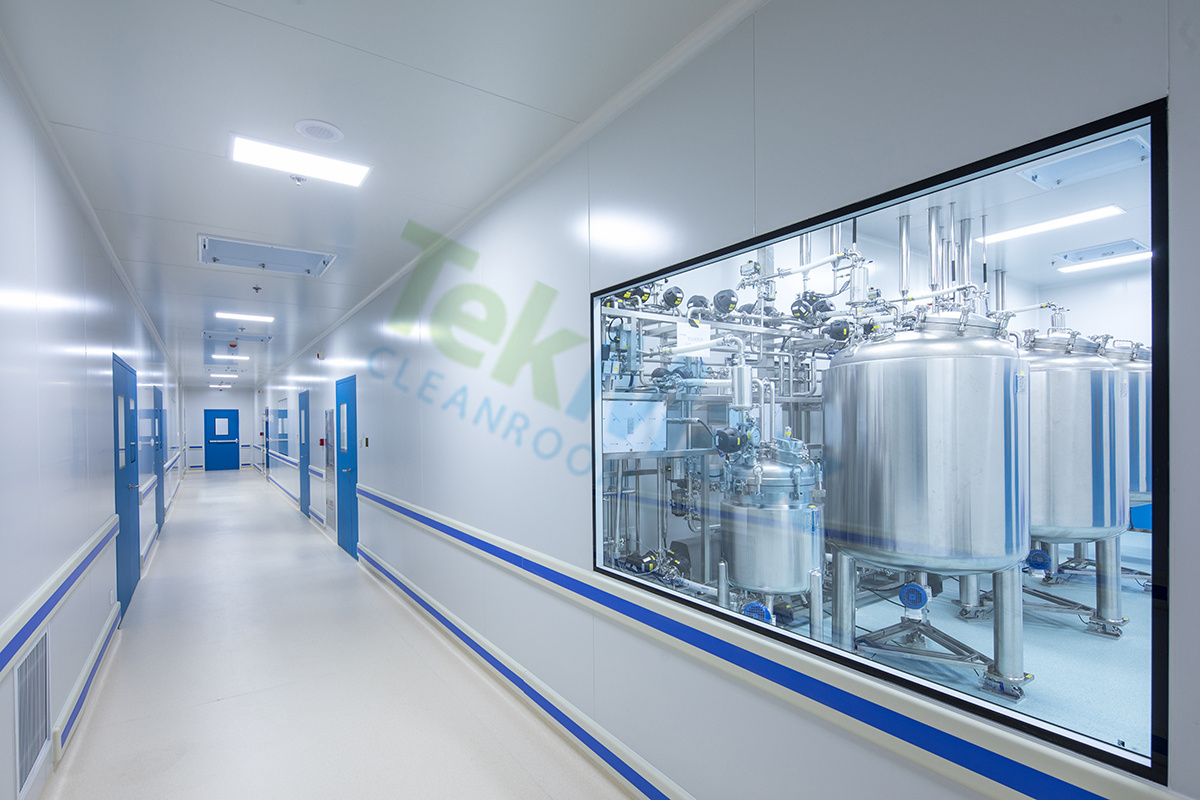Bottom price Harmonic Control In Electrical Power Systems - Stainless steel germicidal lamp – TekMax
Bottom price Harmonic Control In Electrical Power Systems - Stainless steel germicidal lamp – TekMax Detail:
Sterilization refers to the use of strong physical and chemical factors to make all microorganisms inside and outside any object lose their growth and reproduction ability forever. Commonly used methods of sterilization include chemical reagent sterilization, radiation sterilization, dry heat sterilization, moist heat sterilization and filter sterilization. Different methods can be used according to different needs. For example, the medium is sterilized by moist heat, and the air is sterilized by filtration.
The stainless steel germicidal lamp is actually a low-pressure mercury lamp. The low-pressure mercury lamp emits ultraviolet light by being excited by a lower mercury vapor pressure (<10-2Pa). There are two main emission spectral lines: one is 253.7nm wavelength; the other is 185nm wavelength, both of which are naked eyes Invisible ultraviolet rays. The stainless steel germicidal lamp does not need to be converted into visible light, and the wavelength of 253.7nm can play a good sterilization effect. This is because the cells have a regularity in the absorption spectrum of light waves. Ultraviolet rays at 250~270nm have a large absorption and are absorbed. The ultraviolet light actually acts on the genetic material of the cell, which is DNA. It plays a kind of actinic effect. The energy of ultraviolet photons is absorbed by the base pairs in the DNA, causing the genetic material to mutate, causing the bacteria to die immediately or unable to reproduce their offspring. To achieve the purpose of sterilization.
Product detail pictures:

Related Product Guide:
That has a sound business credit history, outstanding after-sales service and modern producing facilities, we have earned an superb popularity amid our buyers across the planet for Bottom price Harmonic Control In Electrical Power Systems - Stainless steel germicidal lamp – TekMax , The product will supply to all over the world, such as: Curacao, Latvia, Lithuania, During in 11 years, We have participated in more than 20 exhibitions, obtains the highest praise from each customer. Our company has been devoting that "customer first" and committed to helping customers expand their business, so that they become the Big Boss !
Company director has very rich management experience and strict attitude, sales staff are warm and cheerful, technical staff are professional and responsible,so we have no worry about product,a nice manufacturer.





